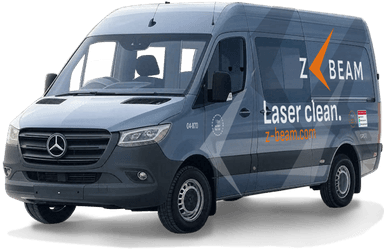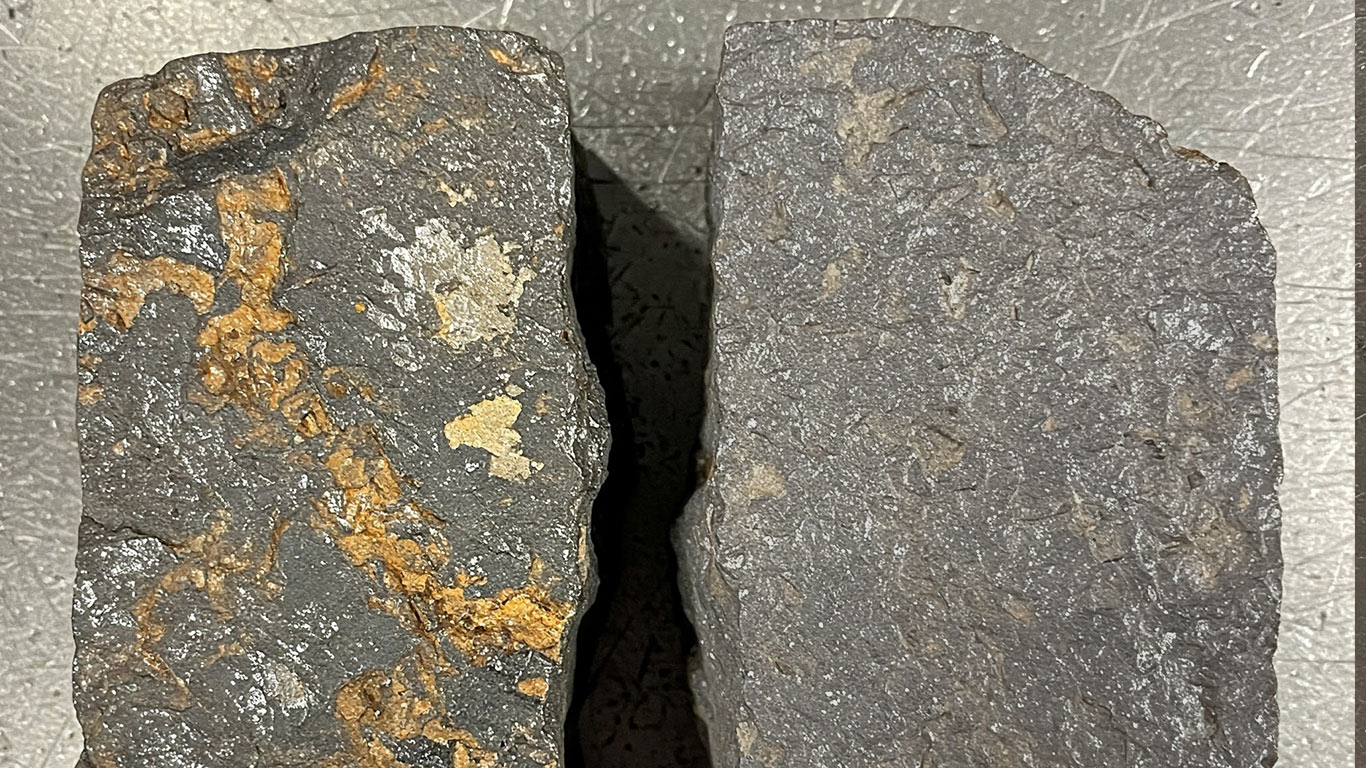
FDA
FDA 21 CFR 1040.10 - Laser Product Performance Standards



Gneiss stands out with its durable structure and low porosity, allowing laser cleaning to strip away contaminants efficiently while safeguarding the stone's natural integrity.
At 1000x magnification, the gneiss surface appears coated with a thick layer of dark contaminants that obscure underlying textures. Fine particles cling tightly to the rough contours, creating uneven patches and dull spots across the view. This contamination hides the natural banding patterns that define gneiss.
After laser treatment, the same surface reveals a clear, restored texture with distinct mineral bands now fully exposed. Smooth areas emerge where contaminants once dominated, allowing the rock's layered structure to stand out sharply

FDA 21 CFR 1040.10 - Laser Product Performance Standards

ANSI Z136.1 - Safe Use of Lasers